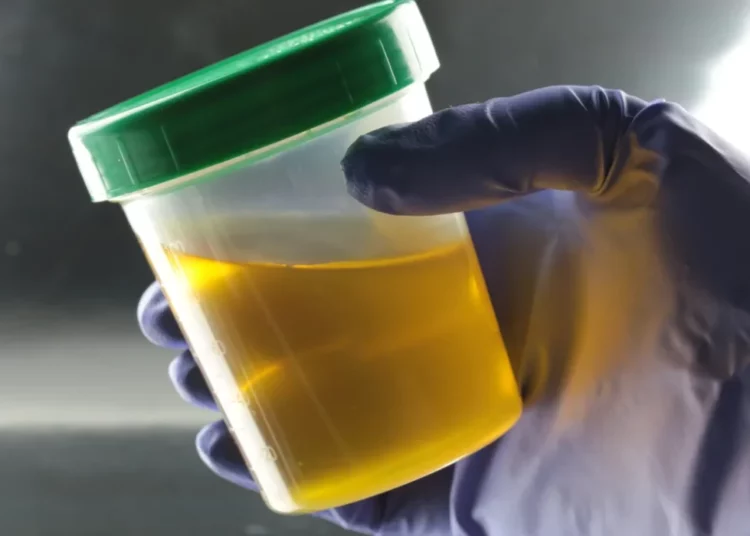Across cultures and centuries, urine has been used in various traditional healing practices. In Ayurveda, it’s known as amaroli; in some African communities, longstanding beliefs hold that urine can cure infections, boost immunity, or even treat chronic diseases. Recently, these ideas have resurfaced online and within alternative health circles, where influencers and self-proclaimed “natural healers” promote urine therapy as a cheap, accessible remedy, despite the lack of scientific evidence and potential health risks.
But clinical studies are clear: the claimed benefits are not supported by rigorous evidence, and drinking urine carries measurable health risks. Understanding what clinical and laboratory research has found is important so that people aren’t misled, and so that public health messages are based on fact rather than hearsay or desperation.
What’s Actually In Urine
Urine is mostly water, but it is not “pure water.” It contains metabolic waste products the body deliberately eliminates:
Urea And Creatinine – by-products of protein metabolism.
Salts And Minerals – sodium, potassium, chloride.
Hormones And Metabolites – tiny amounts of substances filtered from the blood.
Possible Contaminants – bacteria, viruses, or chemical residues if a person is infected, takes medications, or has been exposed to environmental toxins.
While certain compounds in urine such as purified urea are used in legitimate medical products for example, urea creams for dry skin, raw urine itself is an unsterile, variable fluid, not a controlled medicine.
Why People Still Drink It
Tradition And Culture: Ancient practices create a sense of trust.
Cost And Access: In communities where healthcare is expensive or scarce, urine feels like a free remedy.
Influence Of Social Media: Modern advocates share anecdotal “success stories,” which can be persuasive even without scientific proof.
Distrust Of Formal Medicine: Past negative experiences with hospitals or pharmaceuticals may push people toward home remedies.
What Research Shows
Despite the long history of urine therapy, no controlled clinical trials have demonstrated that drinking urine cures infections, cancer, or chronic illnesses. Reviews published in complementary medicine journals and public health databases consistently conclude that:
There is no verified therapeutic benefit to ingesting urine.
Risks include gastrointestinal distress, infection, and kidney strain.
Relying on urine instead of proven treatments can delay diagnosis and worsen disease outcomes.
Medical bodies such as the World Health Organization and the National Institutes of Health warn against drinking urine because it reintroduces waste and potential pathogens into the body. Survival medicine research also confirms that in emergency situations such as being stranded without water urine should not be consumed, as its high salt and urea content can worsen dehydration.
Risks
Infection And Contamination: Urine can carry bacteria, viruses, or parasites, especially in people with urinary tract infections or other illnesses.
Toxin Reabsorption: The kidneys remove excess salts and metabolic by-products; drinking urine forces the body to process these wastes again, putting extra strain on the kidneys.
Electrolyte Imbalance And Dehydration: The high concentration of salts can upset the body’s fluid balance, potentially leading to nausea, vomiting, or kidney injury.
Delayed Treatment: People who rely on urine therapy may postpone medical care for serious conditions such as malaria, diabetes, or cancer—allowing disease to progress.
Safer, Evidence-Based Alternatives
If someone turns to urine therapy because healthcare feels out of reach, experts recommend these practical steps instead:
Seek professional Care Early: Many public clinics and primary health centres offer affordable consultations and generic medications.
Use Clean Water And Sanitation: Safe drinking water and proper hygiene prevent many of the infections people hope urine will cure.
Explore Proven Remedies: For minor skin conditions or dehydration, pharmacists can recommend safe, low-cost treatments supported by research.





